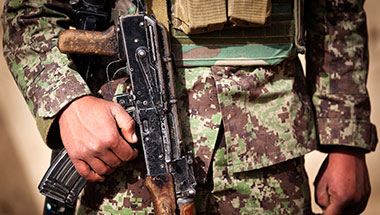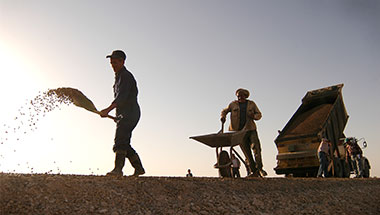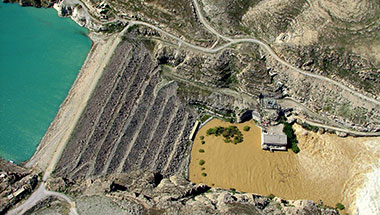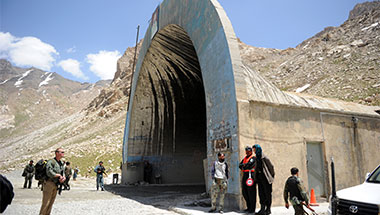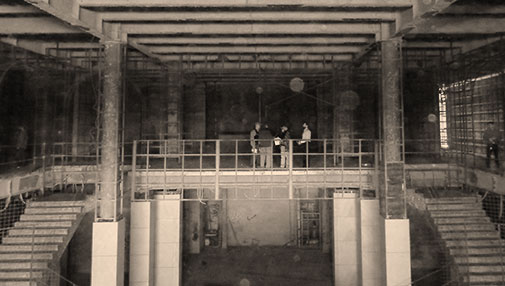The price has been high
- Since 2001, 2,247 U.S. military personnel have died and more than 20,000 have been wounded in Afghanistan.
- Adjusted for inflation, the U.S. has spent more on Afghanistan’s reconstruction than it did on the Marshall Plan to rebuild Western Europe after World War II.
- Reconstructing Afghanistan has been the largest expenditure to rebuild a single country in our nation’s history.
